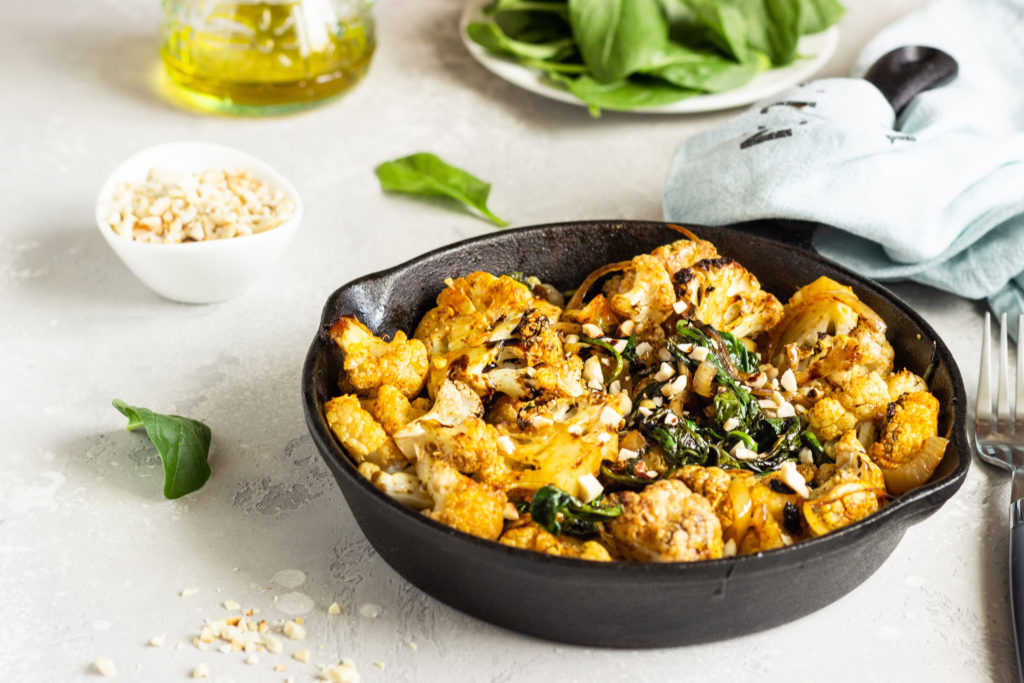Have you ever wondered why discussions about what to eat can get so intense and be incredibly polarizing? Vegan versus paleo, cooked versus raw… One reason is that food is part of our tradition and our identity, and most people feel very strongly about this. The other reason is that people are different, and indeed need different diets. Last month, I started exploring Dr. Weston A. Price’s work on why different people need different diets. This month, I’m diving into the common principles of indigenous diets in part two of this four-part series.
While the diets of the primitive people Dr. Price examined were very different (some alkaline-forming, others more acidic, etc.), he still found certain common principles those diets followed. Besides being a whole-food, organic diet with no refined foods, such as white sugar, white flour, refined oils, and refined salts, the quality of the food was superior. For example, dairy was always raw and full fat from cattle and sheep grazing on grass, exposed to sunlight. While pasteurization kills enzymes and beneficial bacteria, fermentation, or souring, increases the amount of enzymes and beneficial bacteria, partially breaks down lactose, and pre-digests casein (a difficult-to-digest protein in dairy).
Sweeteners and salt were unrefined, meaning they came with vitamins and minerals needed for digestion. While our modern table salt consists of 98 percent sodium chloride and 2 percent fillers, natural salts consist of around 15 percent of other, much-needed minerals besides sodium chloride, with sometimes 80 or more different trace minerals.
The diet of primitive people was very nutrient dense. Dr. Price analyzed that in comparison to the average American diet, traditional diets contained 10 times more fat-soluble vitamins A, D, and K2, and four times the minerals and water-soluble vitamins.
Primitive people put great care in preparing grains, seeds, and legumes. Soaking, sprouting, and fermenting not only neutralizes anti-nutrients (like phytic acid) and enzyme inhibitors, but also increases certain vitamins, especially B-vitamins. While breads raised on baker’s yeast are produced much quicker, a lengthy sourdough fermentation pre-digests carbohydrates and breaks down gluten in some breads, even to the point that it is not detectable anymore. Some tribes even fermented starchy roots, like the Hawaiians do with the taro root to prepare poi.
All primitive cultures cooked some (or most) of their food, but they always ate some of their foods raw (such as cheese, kefir, cured meats, sauerkraut, chutneys, and egg dishes). This guaranteed a high level of enzymes and beneficial bacteria.
Traditional cultures never ate a high protein or low-fat diet. If carbohydrates were low, then the fat content was high. Dr. Price found that the fat content varied between 30 and 80 percent of calories. For instance, the isolated Swiss people ate a lot of animal fat in the form of dairy, cheese, and butter daily, but they only ate meat once a week. The high animal fat was a source of the fat-soluble vitamins.
When eating meat, indigenous people ate the whole animal, including organ meats and broth made of bones. Organ meats are very nutrient dense and were very much appreciated. For example, Canadian Indians prevented scurvy by eating certain organ meats of the moose they hunted. The amino acid profile of bone broth compliments the acid profile from muscle meat, both being building blocks for the whole body. And, not only does bone broth deliver collagen for healthy bones and joints (our bones consist of 28 percent collagen!), but collagen also improves gut health, which, overall, improves immunity and mental health. (This is why we turn to chicken soup when suffering from the flu.)
Very nutrient-dense foods, including fish roe (Andes), bone marrow (Alaskan natives), butter produced from cows grazing on spring pasture (Switzerland), and fermented shark liver oil (South Sea Islanders), were considered sacred and often reserved for growing children, parents-to-be, and pregnant women because of their high vitamin and mineral content. They were considered essential building blocks to guarantee perfect health in future generations!
For reference and further reading, check out Dr. Price’s book, Nutrition and Physical Degeneration by Weston A. Price, D.D.S. and Nutrition and The Autonomic Nervous System by Nicholas J. Gonzalez, M.D. (which we’ll dive into in part three). I dive into different metabolic types in part three of this four-part series.














